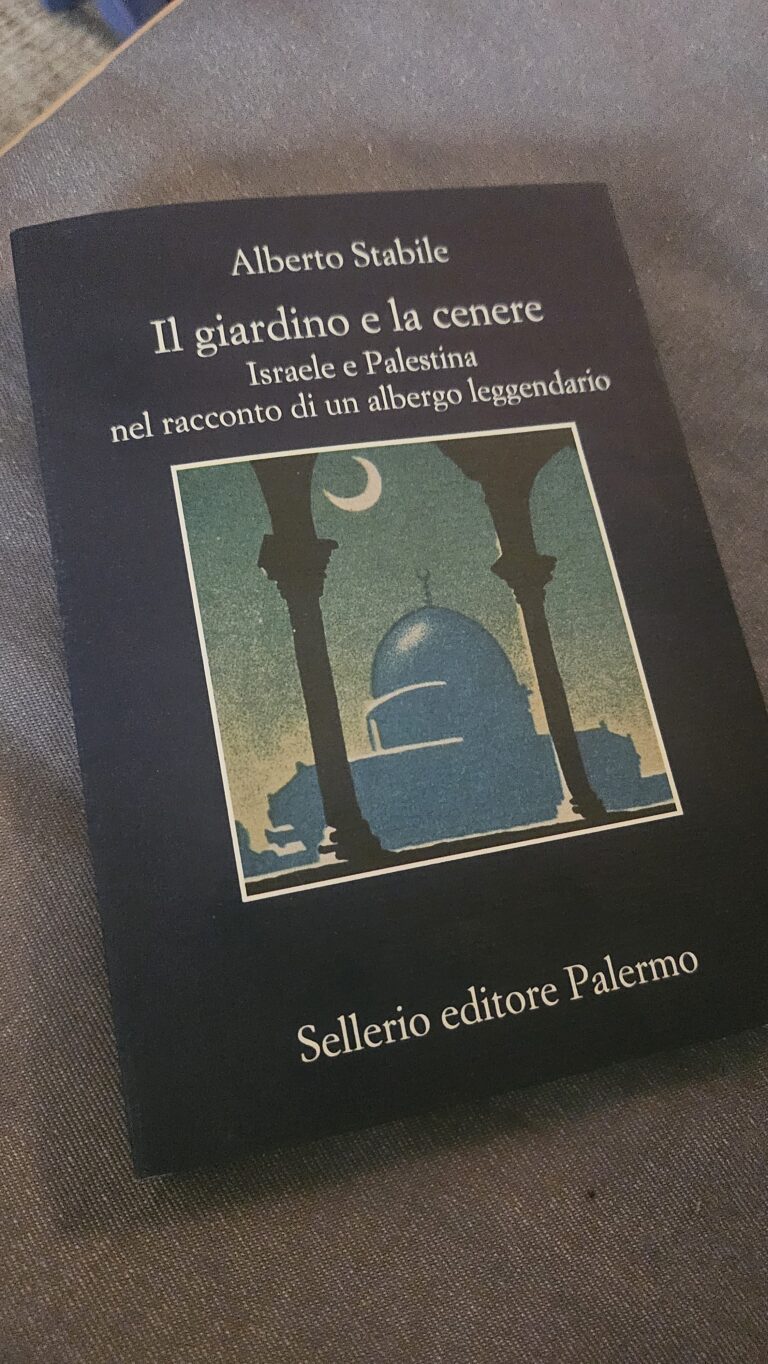Silence Speaks: Gender, Nature, and Identity in a 13th-Century Romance
In the Roman de Silence, written in Old French by Heldris of Cornwall, we meet Silence—a child born female but raised as a boy to circumvent a royal decree forbidding women from inheriting. As the story unfolds, Silence becomes a celebrated knight, surpassing his male peers in bravery and virtue. Yet the heart of the romance isn’t just chivalry—it’s a profound meditation on gender as performance, and a direct confrontation between Nature and Nurture, who are personified as allegorical characters fighting over Silence’s identity.
Nature insists that Silence must return to her “true” womanhood; Nurture argues that the male role has shaped who he has become. But Silence defies both forces. He chooses his life, his body, and his name—challenging the binaries imposed upon him by society, biology, and even the narrative structure itself.
Despite ultimately being “outed” and married to the king, Silence’s journey offers a powerful and rare medieval exploration of gender fluidity and the tension between identity and expectation, and it’s not an unicum in its genre.
Le Roman de Silence gives us more than a literary curiosity—it offers one of the earliest known Western narratives of a transmasculine identity. Written centuries before the words existed, it reveals how queerness has always pressed at the limits of category, even when veiled in allegory and parchment.






No Comments